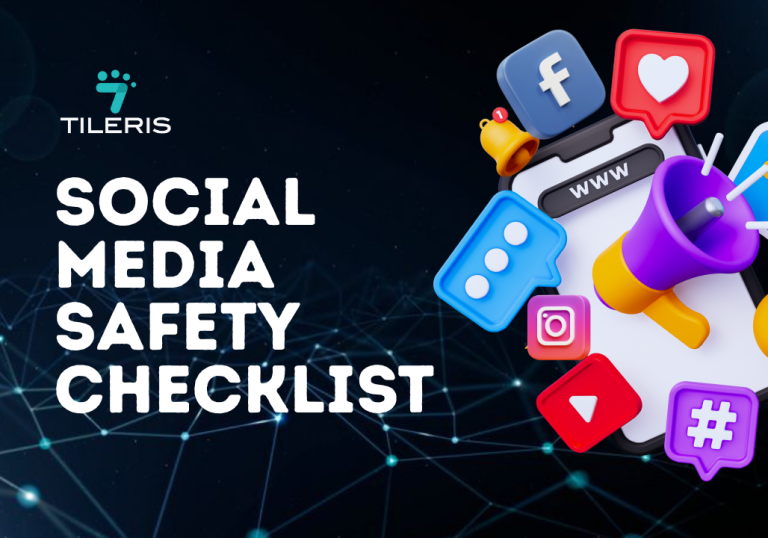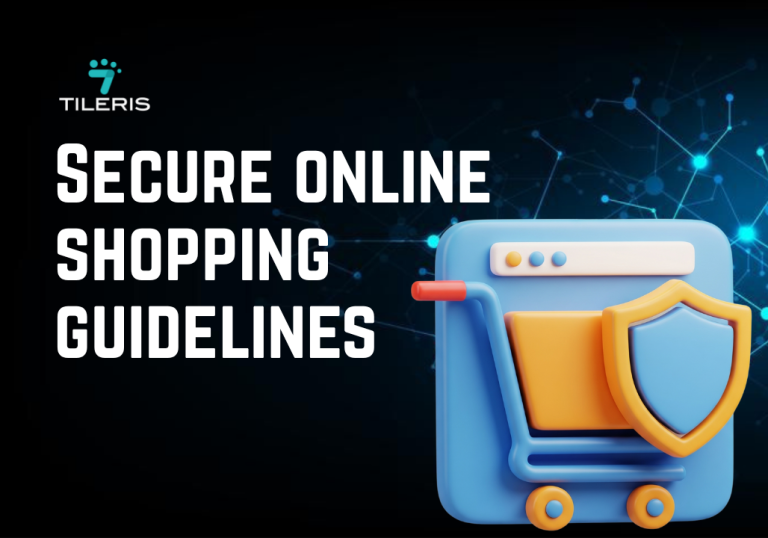How to Spot CEO Fraud: Red Flags and Warning Signs
Introduction
Fraud has become so vast and versatile that it’s getting harder to keep up.
These fraudsters aren’t slowing down, they keep coming up with tricks to deceive people. In some cases, even organizations and entire countries fall victim.
Imagine sending funds or handing over sensitive company information simply because the request looked like it came from your boss, only to find out later it was a scam. Painful, right?
This scenario, or something very much like it, is the hallmark of “CEO fraud,” also known as Business Email Compromise (BEC) or whaling. It’s a cunning scam where fraudsters impersonate high-ranking executives to trick employees into doing something that benefits the bad guys, usually sending money or sensitive data.
Best believe, these aren’t your run-of-the-mill phishing attempts. They’re sophisticated, targeted, and incredibly effective if you don’t know what to look for.
The reason these scams work so well is that they exploit our human nature: our respect for authority, our desire to be efficient, and sometimes, our fear of questioning someone at the top. But here’s the thing: your CEO, or any executive, would never ask you to bypass company protocols for a financial transaction via email alone. That’s your first, biggest red flag.

Detecting CEO Fraud
So, how can you train your “fraud radar” to spot these tricky imposters? Let’s break down the warning signs you need to watch out for:
1. Something Feels Off
So, you’ve been interacting with your boss or superior for a while now, but today, something just feels off. You can’t quite put your finger on it, but something tells you to double-check. At that moment, trust your instincts.
It’s completely normal to hesitate, you might think, “What if it really is my boss? What if I’m just overthinking?” But still, ask. That gut feeling might be the only cybersecurity defense you need.
2. The Email Address
This is often the most critical clue, yet it’s easy to miss. Fraudsters create email addresses that look nearly perfect. Sometimes, it’s just a small misspelling, like acrne.com instead of acme.com. Other times, the email might come from a free or unrelated domain like @gmail.com, which your CEO (boss or superior) probably wouldn’t use for company business. And don’t trust the display name alone. It might say “Godswill Marvin (CEO),” but the actual address could tell a very different, and suspicious, story. Always, check the actual email address, not just the name.
3. The Sense of Urgency and Secrecy
Fraudsters thrive on urgency. They want you to act fast, no time to think or ask questions. You’ll see subject lines like “URGENT!” or “IMMEDIATE ACTION REQUIRED!” to push you into quick decisions.
They’ll often say they’re in a meeting or traveling to stop you from calling and verifying. And if they tell you to “keep this confidential,” it’s a major red flag. They want to isolate you, so no one else can spot the fraud.
4. The Request Itself is Out of the Ordinary
This is where your knowledge of your company’s normal procedures comes in.
- Unusual Payment Requests: Is the CEO suddenly asking for a wire transfer to a new vendor you’ve never heard of, or to a bank account in a country your company doesn’t typically deal with? Are the amounts unusually large or do they deviate from typical payment schedules?
- Gift Card Demands: This one might seem strange for a CEO, but it’s a common tactic. They might claim it’s for a client appreciation, employee bonus, or charity, and ask you to buy a bunch of gift cards and send them the codes. Real CEOs don’t do this.
- Requests for Sensitive Data: Be extremely careful of emails asking for employee W-2 forms, payroll information, or other highly confidential data, especially if it’s to be sent to an external, unfamiliar email address or a “new” consultant.
- Deviation from Normal Process: Does the request bypass established payment approval workflows? If a large sum normally requires multiple sign-offs or specific documentation, and this email tries to skip those steps, that’s a blaring alarm.
5. Does The Tone and Language Sound Like Them
Even the most careful fraudsters often miss the mark when trying to mimic someone’s communication style.
You might notice awkward phrasing or grammar, more than just a typo. The tone might feel overly formal or just a bit “off” from how your executive usually writes.
Sometimes, the tone swings the other way. If the message feels oddly polite, overly stiff, or suddenly impatient and pushy, that’s a red flag too.
And watch for generic greetings like “Dear Employee” or “Hello Team Member.” If it’s really from your CEO, they probably know your name.
What to Do If You Spot a Red Flag
If an email from your CEO or any executive feels even slightly off, trust that instinct. Don’t reply, click any links, or open attachments. Instead, take a moment to verify. Reach out using a trusted phone number, one from your company directory, not the email itself, or speak to them directly. A quick check-in could stop a major mistake.
Once you’ve confirmed your suspicion, report the email right away. Forward it to your IT or cybersecurity team, ideally as an attachment, so they can investigate and protect others.
And if you nearly fell for it, don’t beat yourself up. These scams are meant to look real. What matters is that you spotted it and took action.
Conclusion
In the digital world, vigilance is your strongest defense. By learning to spot the red flags and staying curious instead of reactive, you become the human firewall your company needs, one that stands between clever fraudsters and costly mistakes. Your boss will thank you, and so will your bank account.
And if you happen to be a CEO or top executive reading this, make sure to share it with your team. Keeping your staff informed and alert is one of the best ways to stop these scams before they start.
Ready to Strengthen Your Cybersecurity?
Want to take your cybersecurity to the next level? Start by downloading our free security checklist, it’s packed with simple steps to help you stay protected online. Just head over to tileris.com to grab your copy.
If you’re looking for more hands-on support, you can also request a free consultation, our experts are ready to guide you. Or, if you’d rather see how Tileris works in real time, go ahead and request a demo through our contact form.






